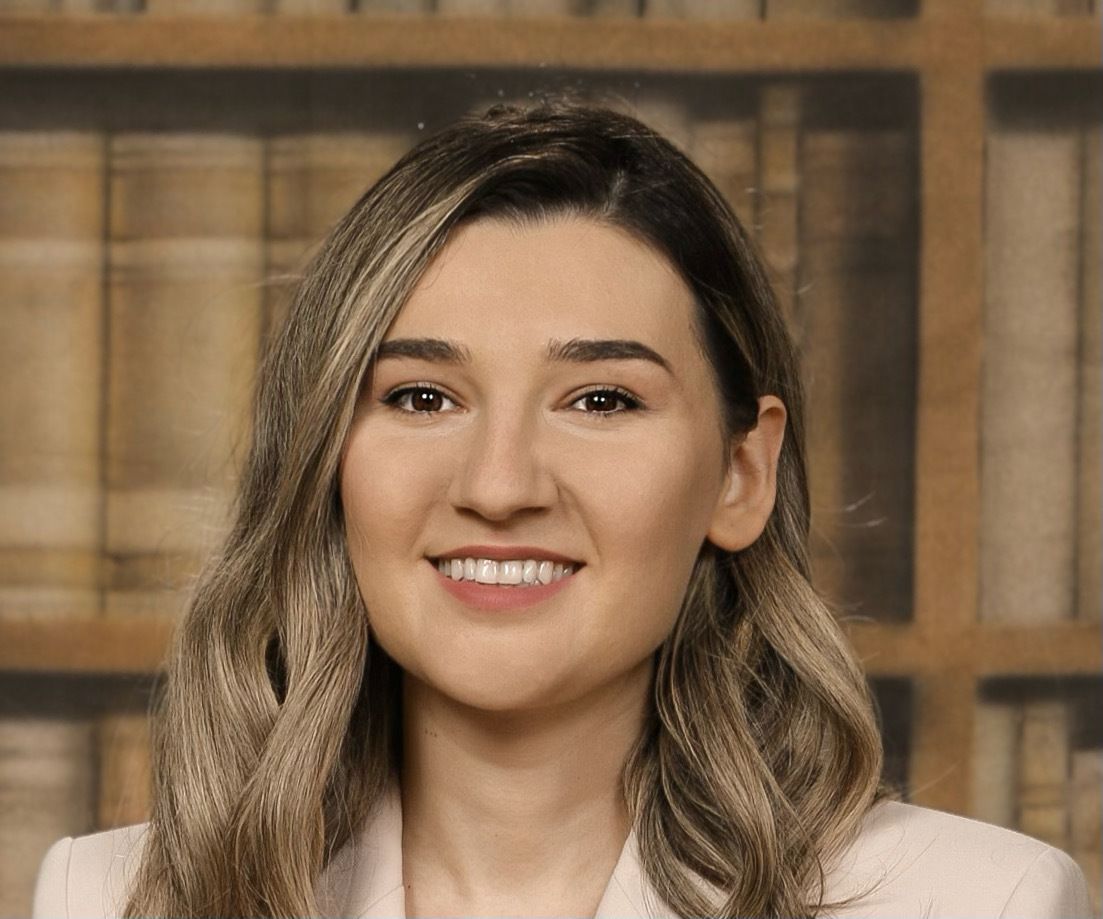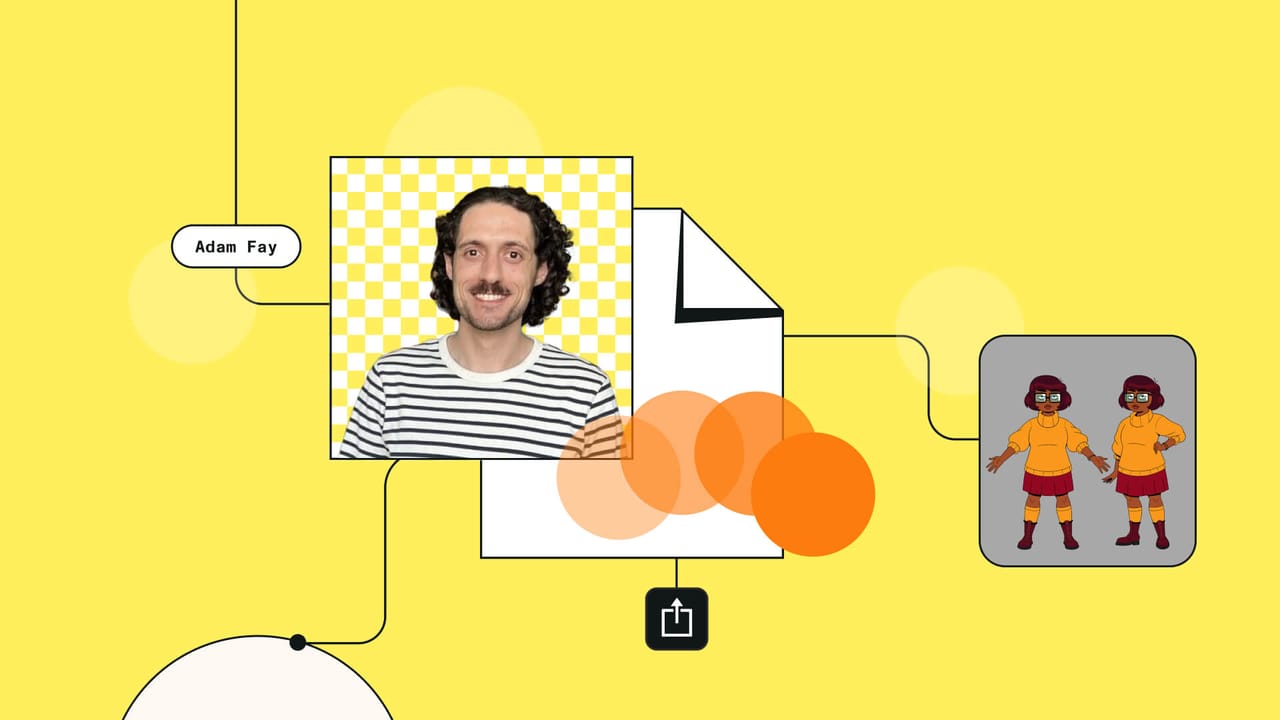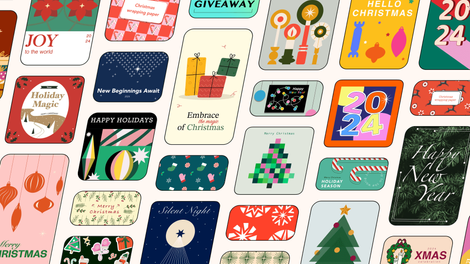The 31st edition of SINFO, a student non-profit organization, featured an impressive lineup. Speakers included Manuel Sousa, Information Security Engineer at Google, and Avneet Kaur, the Head of Characters and Technical Animation at Walt Disney Animation Studios.
During her talk, Avneet shared her inspiring journey of merging art, technology, and science into animation and mentioned that she is the first woman of color in her role at Disney in the last 100 years.
One of the event's highlights was the keynote talk by Adam Fay, former Assistant Art Director and Lead Character Designer at Warner Bros. Animation. Adam shared his inspiring journey from a cartoon-loving kid to a leading figure in animation.
"I would watch a ton of cartoons and play a bunch of video games, so much so that my family had to lie to me about the TV not working so that I would just get away from the TV every now and again and not wake them up."—Adam Fay, Lead Character Designer at Green Street Pictures
His work on the Warner Bros series Velma alone was a rollercoaster of creativity and challenges.
With over a decade of experience in the animation industry, Adam is now on a mission to elevate adult animation in Hollywood.
After his talk, we were fortunate to meet and interview Adam.

Interview Q&A
Can you take us back to when you first discovered your love for drawing? What were some of the earliest influences that made you realize this was the path you wanted to pursue?
I’ve loved drawing since I was a little kid, and I wanted to be a comic strip artist more than anything.
That was an easy transition into cartoons, as I obsessively started watching everything on Nickelodeon, Cartoon Network, and WB.
Following your passion for animation from a young age into a career is a dream for many but a reality for a few. What were some of the key moments or decisions that helped you stay committed to this path?
My family was incredibly supportive, and it helped a lot. They knew I loved to draw and that I was researching everything I could about the industry, so they let me pursue it. I’m sure they were nervous about the idea, but their support gave me the confidence to follow my dream.
My high school art teacher was also very encouraging and helped guide me in the right direction.
Could you walk us through your creative process? How do you move from concept to completion, especially for complex illustrations?
It often varies depending on what I’m working on, but all projects start with research.
If I’m tasked with designing a cast of characters from a specific time period or setting, I do a ton of research before I start drawing anything.
Once you’re able to start getting a feel for a design, then you can begin deciding what works, what doesn’t work, and what feels right for the character. Ultimately, that will lead you to your final design. That’s the abbreviated version of it at least.
During SINFO31, you showcased your work for Velma (TV Series) and how you were required to modify the characters based on the work of another designer, Cole Ott. What did you learn during that process?
That was an interesting process for me, because I was told that I was going to be in charge of creating and maintaining a style, but that part of the style was already figured out by designer Cole Ott.

So, it became an exercise in analyzing what the team liked about Cole’s designs and reverse-engineering that into my own style. That way, I was able to bring my personal style and way of thinking into the show while still giving the team what they wanted.
Your style has evolved over the years. Could you please share some insights into what influenced these changes? Are there any particular experiences or artists who’ve shaped your artistic journey?
The most obvious thing that has shaped my style has been the shows that I’ve worked on.
Even if it’s not a style I draw in normally, I always end up picking up something that I’ll use in my personal work. It’s a great way to build out your artistic tool set and push your way of thinking.
What are your go-to sources for inspiration when you face a creative block? Do you look to other art forms, such as film or literature, to recharge your creative process?
Similar to my influences, if I’m experiencing a creative block, anime and indie video games are great places to go to find something inspiring and different.
The range of creative vision is so vast that you’re bound to find something you’ve never seen before. Plus, I still love animation, so I always try to keep up to date on what’s coming out.
Which project challenged you the most technically and creatively throughout your career? How did you navigate those challenges, and what did you learn from that experience?
Velma was a big challenge. It was my first time as an Assistant Art Director, so it was all new to me, and I kind of had to figure out how to do everything as I went. I learned and grew a lot as an artist and manager over the course of that show. It made me much more confident in my abilities.
From an artistic standpoint, my work on The Cuphead Show was the most challenging. There’s so much reverence for the video game and the 1930s art style it pays homage to, so the bar was very high.
Everyone involved wanted and felt compelled to do the source material justice while also balancing modern animation techniques. Very challenging but very rewarding.
What animation trends do you see emerging that excite you the most? How do you plan to adopt these trends into your future projects?
I’m just excited to see a larger variety of projects coming out of adult animation.
For a long time, adult animation in Hollywood was pretty much just family sitcoms or lower-budget Adult Swim shows—which are still great. But now we’re seeing huge-budget, hour-long dramas, action series, and comedies trying out new and exciting styles and settings.
Most of my career has been in adult animation, so I love being able to work on different shows and themes.

Given your extensive experience, what advice would you give aspiring designers trying to break into the animation industry? Are there particular skills or experiences they should focus on developing?
The best thing an aspiring artist can do is simply just draw. A lot. That might be a boring answer but it’s the most important. I draw a lot of fan art in my free time as a fun way to experiment with style, and I also study other shows I like and try to replicate their styles.
Even if I don’t nail it, I’ll still learn something that could make me a better artist. There are also so many professional art references online now, which is great for learning what specific shows or studios are looking for.
“A piece of advice I received early on that always stuck with me was that you should never compare yourself to other artists. Instead, you should compare yourself to how you were a year ago.”—Adam Fay, Lead Character Designer at Green Street Pictures
If you see any kind of improvement, whether on a technical or conceptual level, then you’re on the right track. Everyone progresses at their own pace. You just need to find yours.
Are there any personal projects you’re currently working on or wish to undertake? What makes these projects meaningful to you?
I’ve always wanted my own show, and over the years, I've been gradually working on my own ideas and pitching them around. My main two projects are a band road trip comedy and a horror adventure series.
Working on them has really pushed me creatively and helped me expand my skill set. It’s also just fun to make something that’s purely yours.
Looking forward, what impact do you hope your work will have on the animation industry and your audience? Is there a particular message or feeling you aim to evoke with your creations?
My main goal is just to help push what adult animation can be and look like in Hollywood.
You’re seeing great things happening in shows like Arcane, Scavengers Reign, and Bee and Puppycat, so I just want to help keep that creative variety going however I can.
About Adam Fay
Adam Fay is a seasoned art director and character designer with over a decade of experience in the animation industry. He specializes in creating expressive and clean character designs, with a strong focus on pushing the boundaries of visuals in adult animation. His recent projects include Velma, The Cuphead Show, Harley Quinn, and Final Space.
Get started with animation
Adult animation has always been Adam’s dream—creating characters and telling stories that appeal to a diverse audience of adults who still love cartoons.
But there’s so much more to the animation industry. Motion graphic design is one route many graphic designers, illustrators, and animators take in their careers.
Linearity Move is an animation platform specifically designed to do just that. It’s seamlessly integrated with Linearity Curve so that you can animate your illustrations and designs with the click of a button.
You can also use Linearity’s Figma plugin or import your designs from other software like Adobe Illustrator.
Ready to break into the animation industry with new and innovative software? Try Linearity for free below, or check out our pricing options for professionals and teams.


Share this!
Juxhina Malaj
Juxhina Malaj is a contributing writer for Linearity. With over a decade in the SaaS industry, she specializes in inbound marketing, content creation, and editing.





:quality(75))







